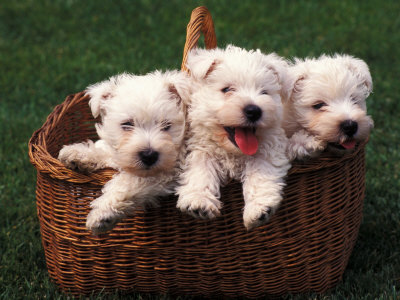|
|
Dog Terms
Angulation: The angles of the bony structure at the joints, particularly of the shoulder with the upper arm (front angulation), or the angles of the stifle and the hock (rear angulation). Rear angulation has been the source of a great deal of disagreements in the German Shepherd dog breed. With extreme rear angulation, the position of the leg is so far behind the body that even though it creates a long and powerful stride at the same time it leaves the dog with a lack of balance and loss of agility. Show dogs have more angulation than the working ones.The dogs which are bred with the emphasis on the so called "flying trot", or fast trot, type of gait have a lot of health problems.
More on the dog movement [...]
More on GSD rear angulation [...]
Brisket: The breast or lower part of the chest in front of and between the forelegs, sometimes including the part extending back some distance behind the forelegs.
Croup: The rear of the back above the hind limbs; the line from the pelvis to the set-on of the tail.
Flews: The chaps; pendulous lateral parts of the upper lips.
Pastern: The part of the foreleg between the fetlock (or pastern joint) and the foot that consists of five metacarpals (cylindrical bones). The front pastern and lower segment correspond to the wrist and hand of humans.
Stifle (or stifle joint): The joint next above the hock, and near the flank, in the hind leg; rear hock joint bends backwards only.
Stop: The point between the eyes where the muzzle ends and the forehead starts.
Withers: The part between the shoulder bones at the base of the neck; the point from which the height of the dog is usually measured.
source : http://www.gopetsamerica.com/german-shepherd/german-shepherd.aspx

